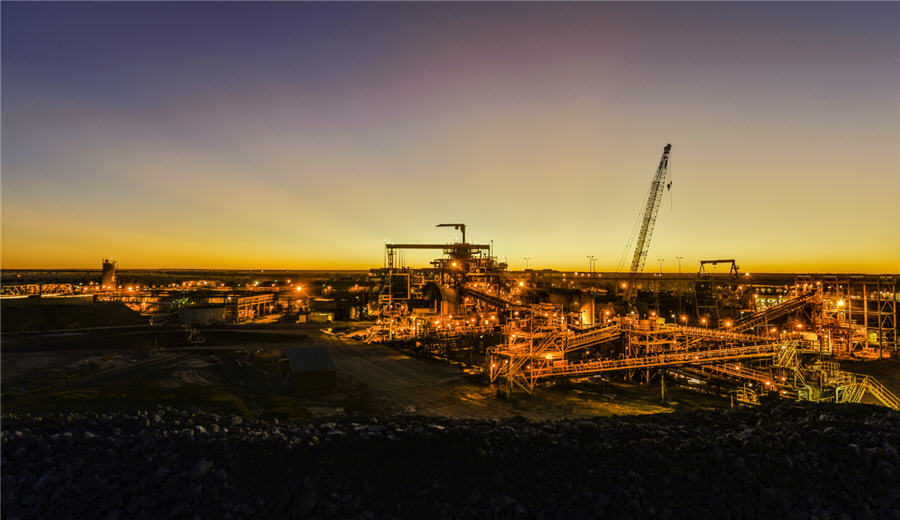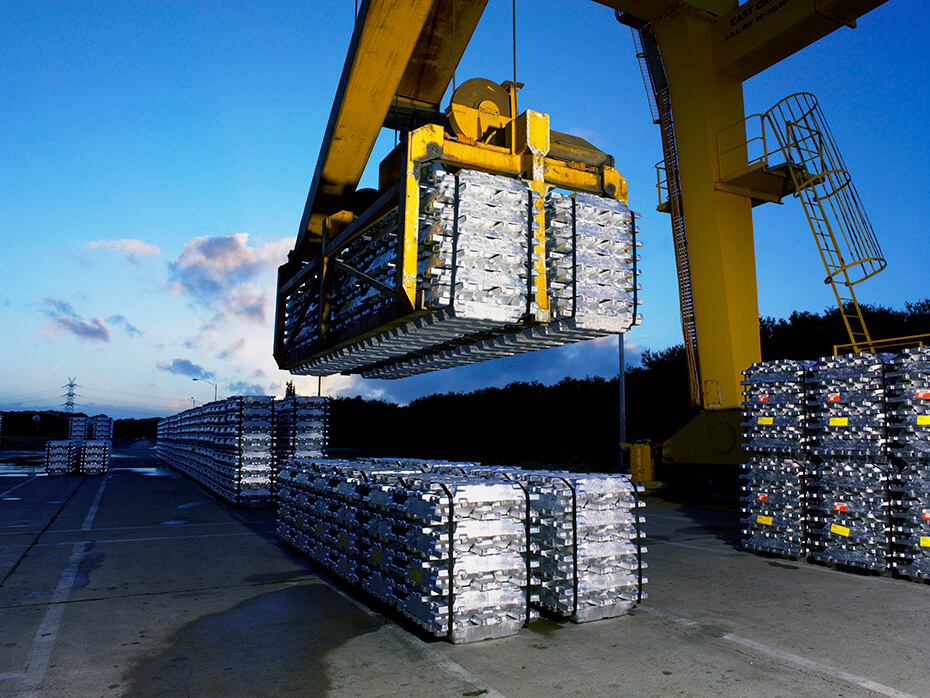Wood Mackenzie: Nearly 17% of US coal production uneconomic at current market pricing
Close to 17% of forecast 2015 US coal production is at risk of idling or closure, totalling 162 million short tons (Mst), as these mine’s total cash costs plus sustaining capital expenditures exceed current market pricing, according to Wood Mackenzie’s latest coal market outlook.
Wood Mackenzie says that the majority of the coal at risk is produced in Central Appalachia where approximately 72% of the total output is unprofitable. Years of declining productivity, thinning seams, increasing strip ratios, more stringent government regulations, and a high paid workforce have taken their toll and made Central Appalachia the highest cost region within the US. Other US regions also have substantial amounts of coal at risk, ranging from 47% of production in Southern Appalachia to a low of eight percent in both the Western Bituminous and Powder River Basin. In aggregate, this equates to approximately 14% of US thermal coal production and 58% of metallurgical coal production being at risk.
Dale Hazelton, Senior Research Analyst at Wood Mackenzie explains, “Based on current economics there are a significant number of mines unable to cover their operating costs plus sustaining capital. Despite this, mine closures, while not rare, certainly aren’t happening frequently. Part of the reason for this is the amount of thermal coal sold on the open market is very small compared to that sold under contract. Contracts can cover multiple years, and prices may have been agreed well before the current market’s lows. A producer may also be able to beat the market prices as they have a valuable niche-quality coal, such as stoker coal, or the location of the mine is near an end-user providing a transportation advantage over competitors.”
According to Wood Mackenzie, there are other reasons for not idling or closing a mine: “It is possible the company is actively shopping the assets and having them currently in operation is more attractive to buyers. A company may also need to generate certain levels of revenue or cashflow to avoid triggering debt covenants that result in accelerated debt payments or higher interest rates. Some companies may also be willing to temporarily lose a certain amount of money on some mines where the losses from operating are less than not yet high enough to require idling or closing the operation.
“This is particularly true for some of the assets recently purchased by new mining companies or private equity firms. In those cases, the companies understand that there will be some period of losses as management gets costs under control. The end-game here is to maintain operations and customer relationships until the eventual recovery,” notes Hazelton.
However, Wood Mackenzie emphasizes that for prices to rise, fundamentally one of two things must happen: either the global demand for steel and power must increase or the supply of coal must decrease. Hazelton adds, “The growth prospects for steel demand remain tenuous at best as many countries’ economies remain fragile. The recent strength of the US dollar also encourages non-US producers to grow their production as a strengthening US dollar compared to their local currency effectively lowers their costs of production when denominated in US dollars.”
Furthermore, natural gas prices in the US remain at very low levels, resulting in higher levels of coal-to-gas switching in power generation. Wood Mackenzie’s outlook notes that additional cost cutting measures are starting to reach limits as producers globally have already cut costs significantly, serving to suppress coal prices further. Therefore, the only practical way for the market to get back into balance is for producers to cut production. “This needs to happen sooner rather than later, either voluntarily or involuntarily through bankruptcy, as the losses these mines are generating cannot be sustained,” concludes Hazelton.
More News
South32 third-quarter manganese output misses estimates
The world's biggest producer of manganese ore produced 476,000 wet metric tons last quarter.
April 16, 2025 | 03:48 pm
Alcoa reports $20 million tariff hit on imports from Canada
April 16, 2025 | 03:42 pm
{{ commodity.name }}
{{ post.title }}
{{ post.date }}




Comments